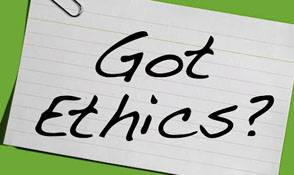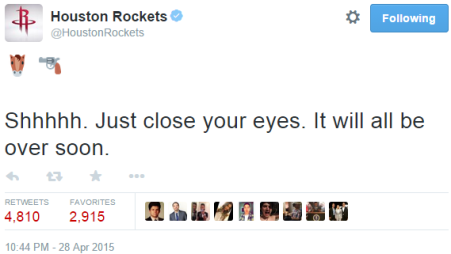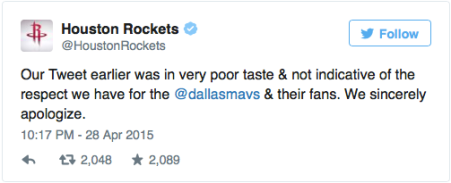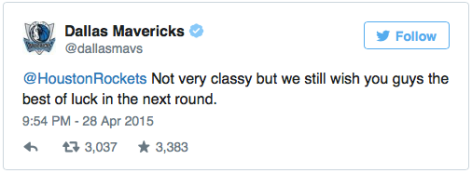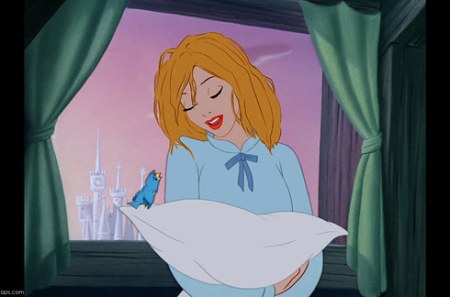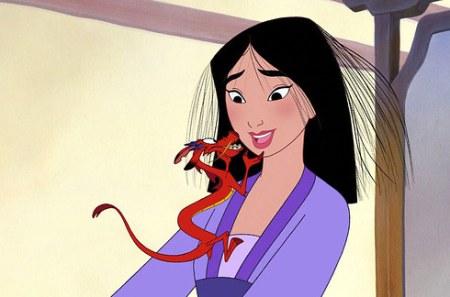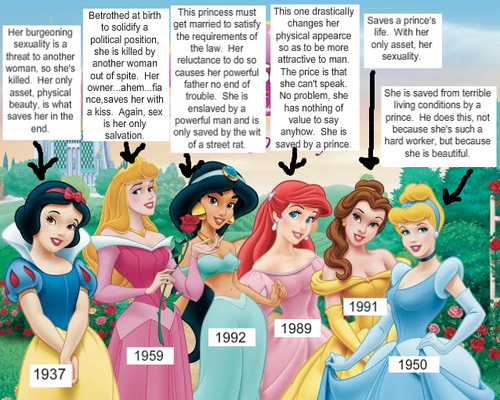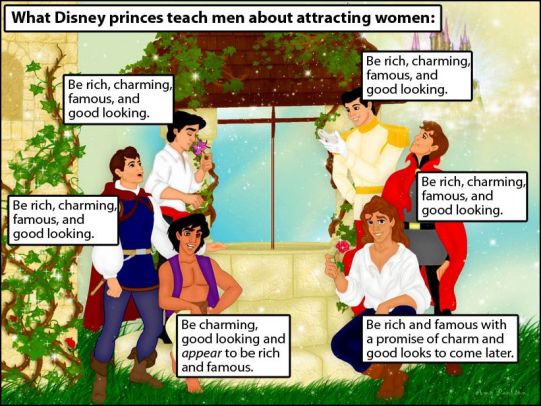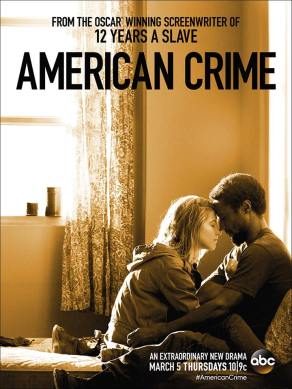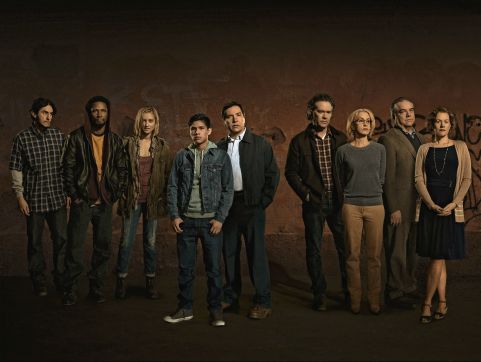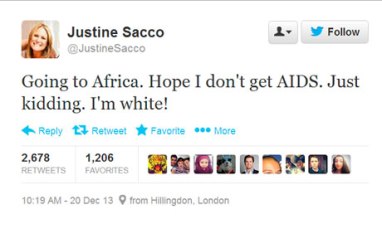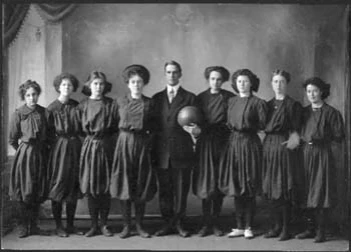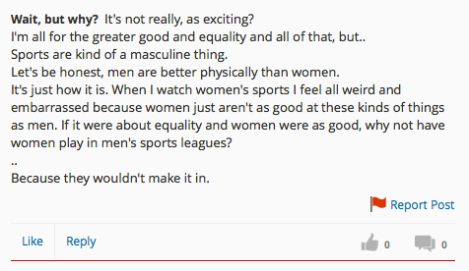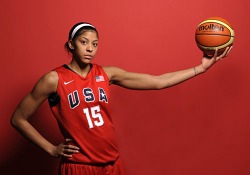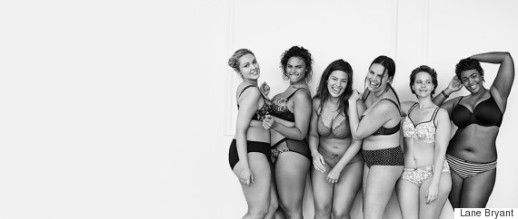On May 5, @PRSA and @PRSSANational hosted “What Your PR Classes Didn’t Teach You,” a Twitter chat between PRSA, PR pros and PR students. The chat’s special guests or “industry insiders” were Ron Culp and Amanda Lewis Hill. Hill is the director of strategic development at Lewis Public Relations in Dallas. She is both a Baylor PRSSA and University of Texas PRSSA alum.
Public Relations Society of America hosts Twitter chats throughout the school year, but this one caught my attention. The chat focused on questions that students had about being PR professionals and the real world of public relations after earning a degree. Students who joined the chat include PRSSA presidents, PRSSA members, NCPRSA members, PRSSA faculty advisors, public relations students and graduates, members of the PRSA National Board of Directors, and various PR pros.
The first question was about pitching to the media. Here are some things I learned:
- Journalists might think PR pros get in contact with them for a hit and run (to get publicity and never call them again), but the truth is they are trying to build relationships.
- Make sure you’re pitching to the right person, otherwise they will most likely have no interest. Research your target.
- Observe other PR pros when they pitch. How do they do it?
- Don’t make pointless phone calls/send pointless emails to reporters. Have a purpose.
- Make it brief and be authentic.
- Don’t just build digital relationships. Get out there and meet people.
Question two was about students asking for help and seeking instruction.
- Always ask questions so you don’t fail.
- Try to solve problems by yourself first (look to the past for answers), but always ask for help if you cannot find a solution.
- Experienced pros like when interns/entry-level professionals ask questions.
- Be forthcoming and confident.
- Ask your mentors, not just your boss.
- It’s always better to ask questions when confused then to completely fail in the end.
Question three was about participation and speaking up in meetings. Voicing my opinion in a room full of experienced professionals seems daunting. Here’s what I learned:
- Everyone’s opinion is valuable.
- If you are informed, aware and will add value, be bold and confident.
- Listen more than you speak.
- If you are always silent, it will be expected. You won’t be looked to for new ideas.
The fourth question was in regard to approaching bosses about continuing education.
- Good mentors and bosses will encourage you to continue your education.
- Ask them for advice.
- Tell them about the benefits and the cost.
- Offer compromise in some financial area, like PRSA dues.
- Look into programs that your boss has connections to, not just programs that are pricey.
- Explain the value it will bring to the company!
The fifth question was the most important in my opinion. It asked students about how they will show initiative and asked pros what they looked for in newbies.
From PR pros:
- Be curious. Seek out volunteer opportunities.
- Ask questions, show interest, do more.
- Always do something and ask what else you can do before you leave the office.
- Be prepared, do your homework.
- Do extra research.
- Look at the big picture.
- Don’t say negative things.
- Be humble.
- Look for paid internships.
- You will pay your dues.
From students:
- Volunteer to take on more work.
- Keep a positive attitude.
- Be a little bold.
- Say yes to assignments, unless you’re completely swamped. Stay hungry.
- Have passion.
- Try something new.
- Be kind.
I was unable to participate in the Twitter chat, but it was still extremely helpful. Every PR student or recent grad should review this chat. Thanks PRSA, PRSSA and everyone who participated for the tips, tricks, advice and insight!

